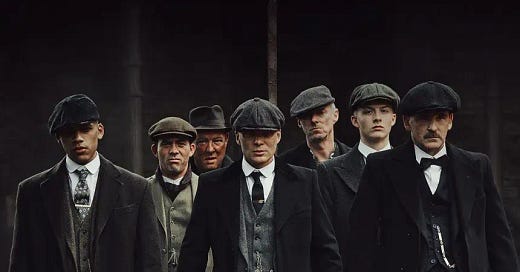The Peaky Blinders: Industrial Chic at its Hollywood Best
The past is the past, if it ever really was the past.
I woke up this cool morning to the sound of the coal train whistling across the river through my open window. It struck me that the women of Whitsett have been being woken by that sound since (let me look)…1857. That was before Henry Clay Frick opened Banning #2 coal mine and turned it into a fifty year blitz of raw material extraction that changed the world.
The Baltimore and Ohio railway, my train across the river, was laid in those early decades, with the knowledge that it was coal that would be its major passenger. Although it was also the first common carrier U.S. railway, which meant that it was open to carrying coal and people at the same time.
I call it an atmospheric train.
Just far enough away to not vibrate the house, it’s now called the Keystone branch of CSX. A sad name for a train, I think. The C in CSX came from Chesapeake. During its heyday, i…
Keep reading with a 7-day free trial
Subscribe to The Ruins Project to keep reading this post and get 7 days of free access to the full post archives.



